Before:

Library of Congress.
After:
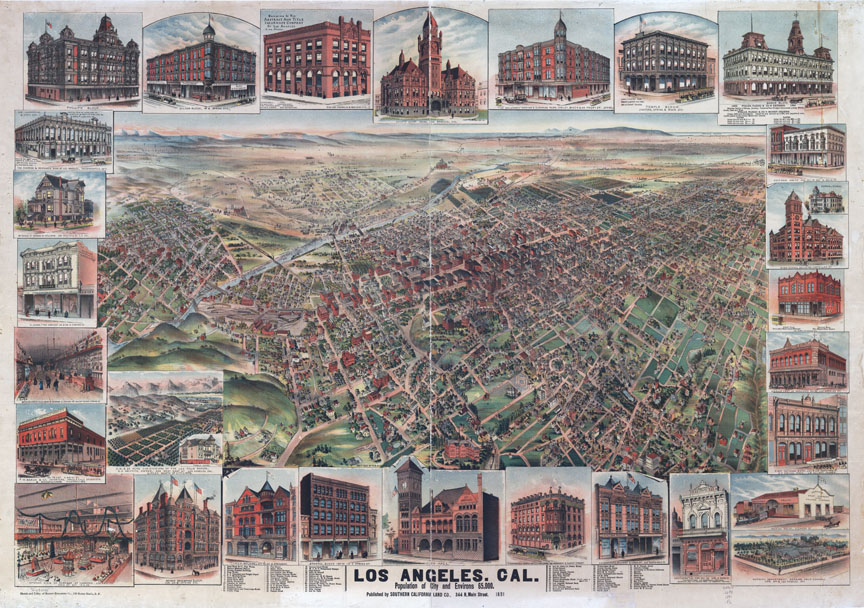
Library of Congress.
The buildings depicted in the margins are worth a much closer look.

Library of Congress.

Library of Congress.
8 more behind the jump!
A vanished city lives again...




Many have already heard about the emerging realization that the Sanchez Adobe in the Baldwin Hills may be the oldest building in Los Angeles.
Although the structure bears the Sanchez name, it is believed to have actually been built by unknown rancheros fifty years before the land was first deeded to Don Vicente Sanchez in 1843.
This 1840s map depicting the boundaries of "Rancho del Paso de la Tijera" shows the little cottage whose existence has now spanned four centuries.

The former Baldwin Ranch, circa 1926. The Sanchez Adobe is the taller white building to the left of center.

Casa de Sanchez, ca. 1924. At this time, the house was already 130 years old.
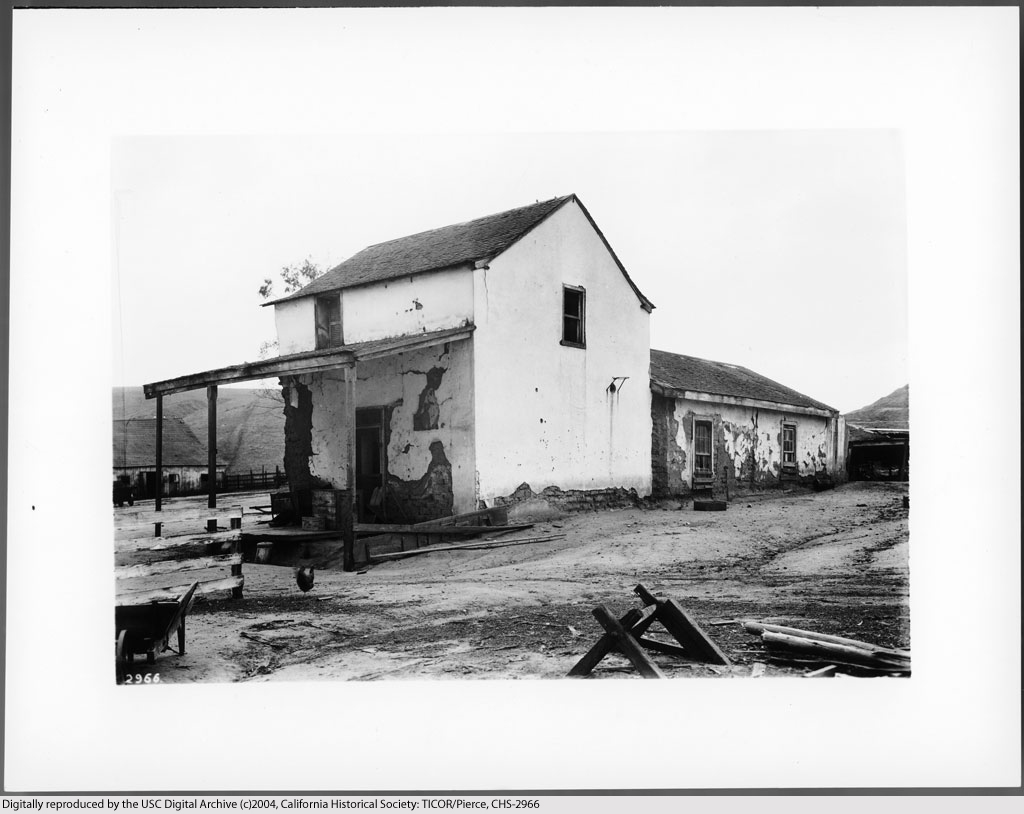
Another view of the Sanchez house (right) in the 1920s. Does the adobe outbuilding at left still survive? A modern aerial view suggests a possibility that it may.

Only a few years later, the two-storey Sanchez house was incorporated into a much larger modern structure that still stands today at 3725 Don Felipe Drive.

The same spot,
on the same road,
in three centuries...
Cahuenga Pass, 1897:

Cahuenga Avenue, 1927:

Cahuenga Boulevard, Today:



A panoramic view of Los Angeles in 1899, looking west from atop the Maier & Zobelein Brewery, known to later generations of Angelenos as the "Brew 102 building." The four tall structures visible here were, from left to right, the Cathedral of St. Vibiana, City Hall, the County Court House, and Los Angeles High School.
In the entire panorama above, I can make out only six buildings that are still standing today.
The broad boulevard was Aliso Street. Today, it is U.S. Highway 101. The old Brew 102 building and the modern freeway can be seen in the photo below, circa 1976.

One of my favorite places in vanished Los Angeles was the bustling intersection of Spring and First Streets. Here are three contemporaneous views from just after the turn of the last century.
Looking north on Spring Street from First.

Now, in the photo above, see the man at upper left leaning on the flagpole? He's standing on the roof of the Larronde Block, which is the likely vantage point of this shot dated 1903.

And the view south, probably taken from an upper storey window in the Phillips Block.

South on Spring from First today. Click on the Google Street View image below to have a look around the intersection now. (Peek over your left shoulder to really get your bearings.) ;-)



I appear to have found the original version of a previously-posted photo of Temple Square c.1879, looking south from the NW corner of Temple and Main Streets. In this stereoscope view, you can see the top of the United States Hotel's four-storey-tall flag pole, which, for many years after the Civil War, was the tallest man-made object in Los Angeles.
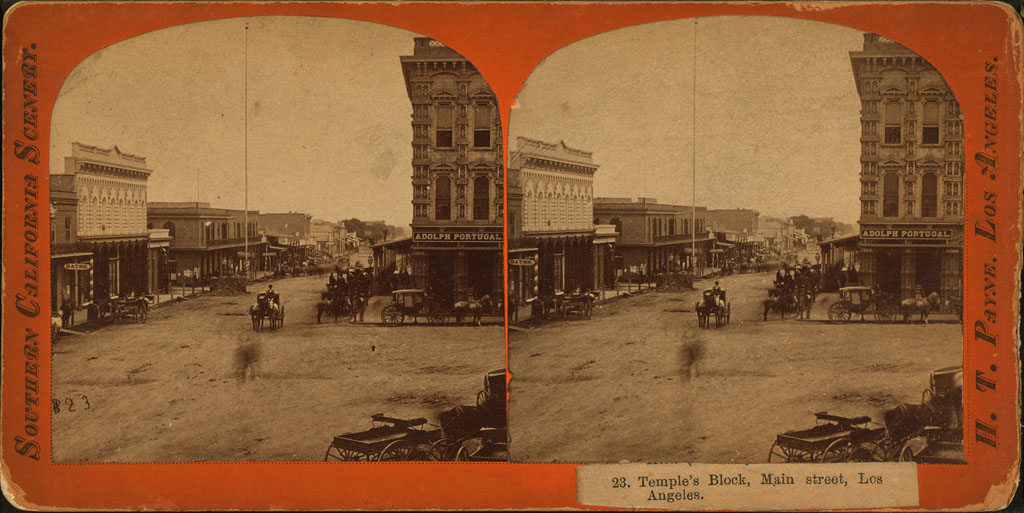
Now, if you were to go up to the top of the Temple Block (at right in the above images) and look northward, this is what you would have seen. The building with the three cupolas was the Baker Block. The tall mast at right was not a flag pole, but an arc-lamp street light. (An excellent illustrated history of street lighting in Los Angeles can be found here.)



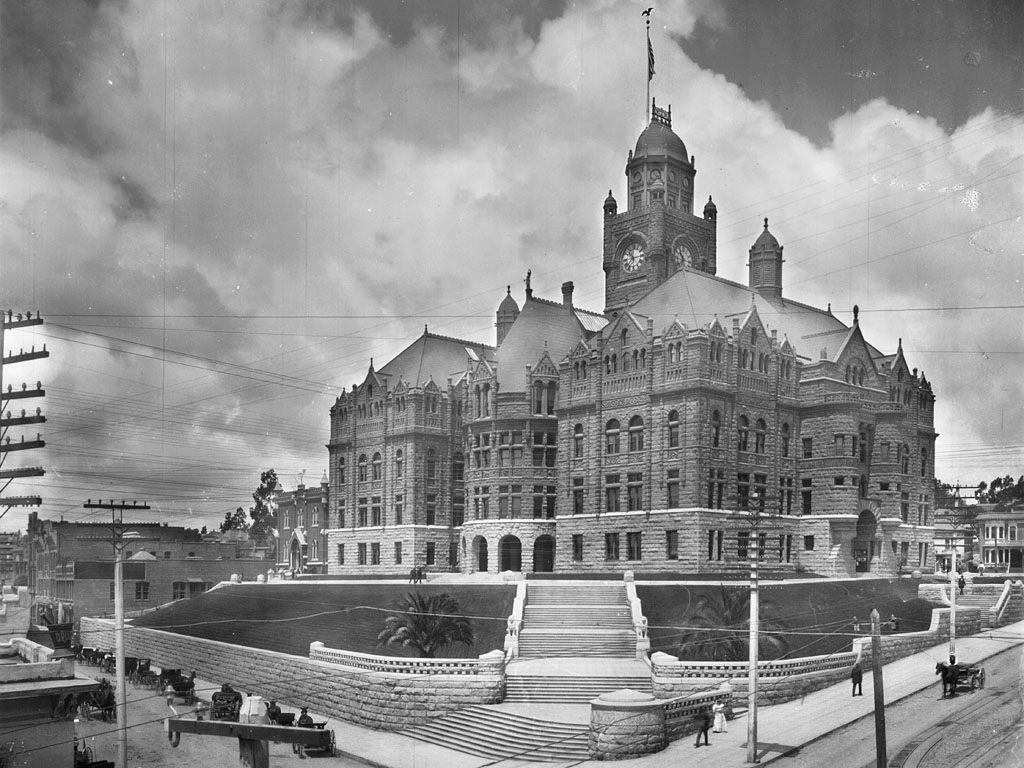
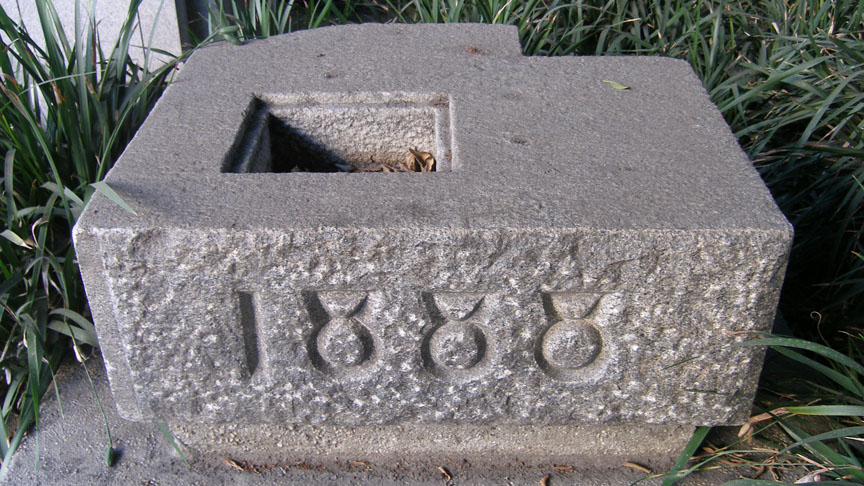


Click image for 300dpi enlargement. Link to Flickr page.

Click image for 300dpi enlargement. Link to Flickr page.